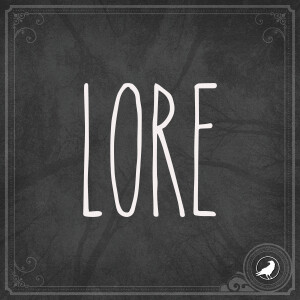

Join us as we take a deep dive into the science of human origins with Dr. William Kimbel, Director of the Institute of Human Origins based at Arizona State University. We discuss Dr. Kimbel's research on human origins, specifically the period between 2.5 and 4 million years ago - during which our own genus Homo emerged from smaller-brained ancestors. We talk specifically about Lucy (Lucy is a hominin ancestor that lived in east Africa between 3 and 3.9 million years ago, and she is “famous” because her skeleton is rem...
Join us as we take a deep dive into the science of human origins with Dr. William Kimbel, Director of the Institute of Human Origins based at Arizona State University. We discuss Dr. Kimbel's research on human origins, specifically the period between 2.5 and 4 million years ago - during which our own genus Homo emerged from smaller-brained ancestors. We talk specifically about Lucy (Lucy is a hominin ancestor that lived in east Africa between 3 and 3.9 million years ago, and she is “famous” because her skeleton is remarkably complete – 40 percent – and because she changed the way we understood the evolution of bipedalism. She is a member of the species known as Australopithecus afarensis. We also talk about another well-known Australopithecine species found in South Africa – A. africanus – which lived between 2.7 and 2.3 million years ago. And last but not least, we focus in on Ardi (Ardipithicus ramidus), a remarkably complete skeleton, which also came from Ethiopia and dates to 4.4 million years ago. This is a fascinating discussion about our deep genealogy, join us and learn more about how we became human.
To Learn More:
Institute of Human Origins https://iho.asu.edu/
Fossil Men by Kermit Pattison
Smithsonian National Museum of Natural History - What does it mean to be human?
Comments (3)
More Episodes
All Episodes>>Create Your Podcast In Minutes
- Full-featured podcast site
- Unlimited storage and bandwidth
- Comprehensive podcast stats
- Distribute to Apple Podcasts, Spotify, and more
- Make money with your podcast
It is Free












